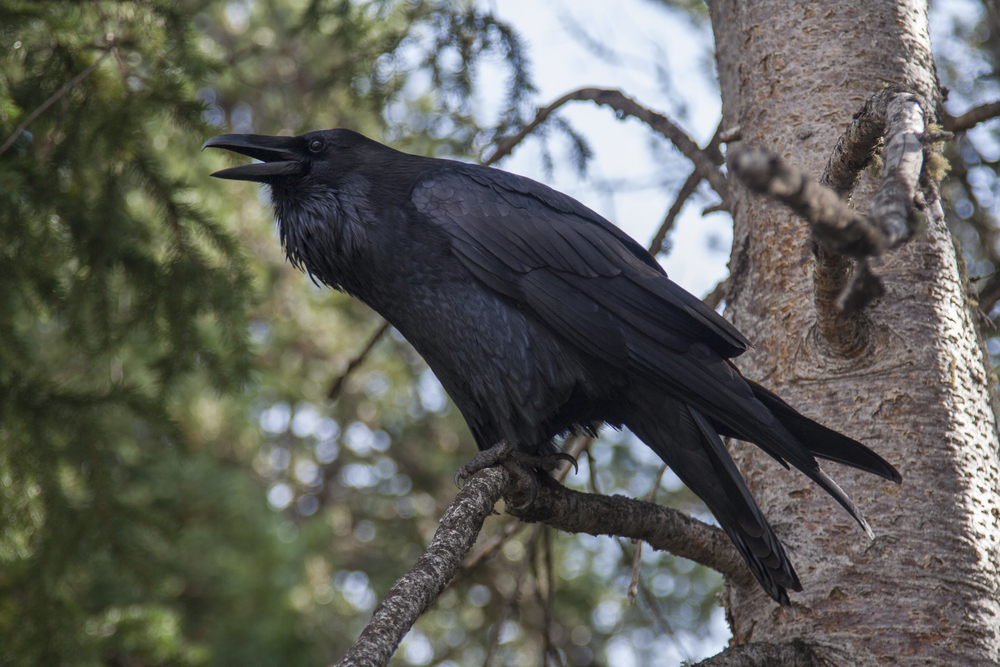Two years ago I interviewed Cat Warren, a cadaver dog handler and author of the New York Times bestselling What the Dog Knows: Scent, Science, and the Amazing Ways Dogs Perceive the World. She gave my readers advice about whether their dogs might...
Germany shocked the law enforcement world in 2010 with an ingenious idea: Why not use turkey vultures to search for dead bodies in murder investigations? Turkey vultures hunt with their sense of smell and scientists say they’re the best sniffers...
Interview with Author and Cadaver Dog Handler Cat Warren CAT WARREN is a professor and former journalist with a somewhat unorthodox hobby: she works with cadaver dogs—dogs who search for missing and presumed-dead people. What started as a way to...




Recent Comments